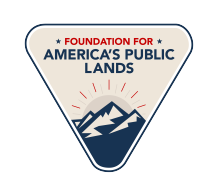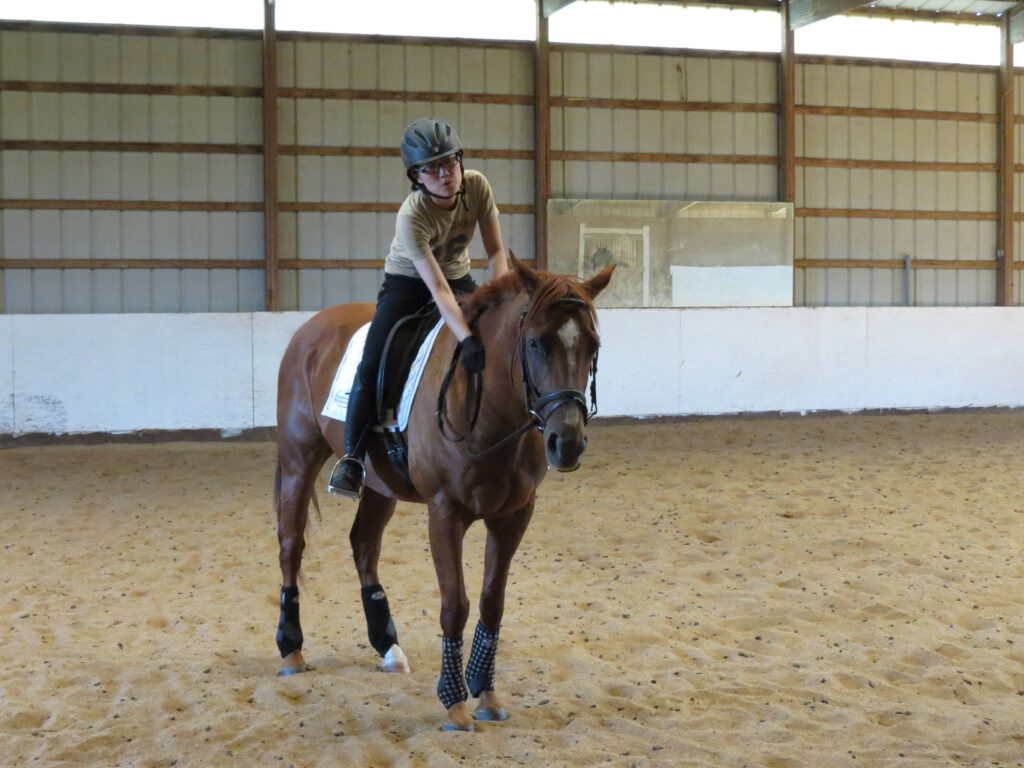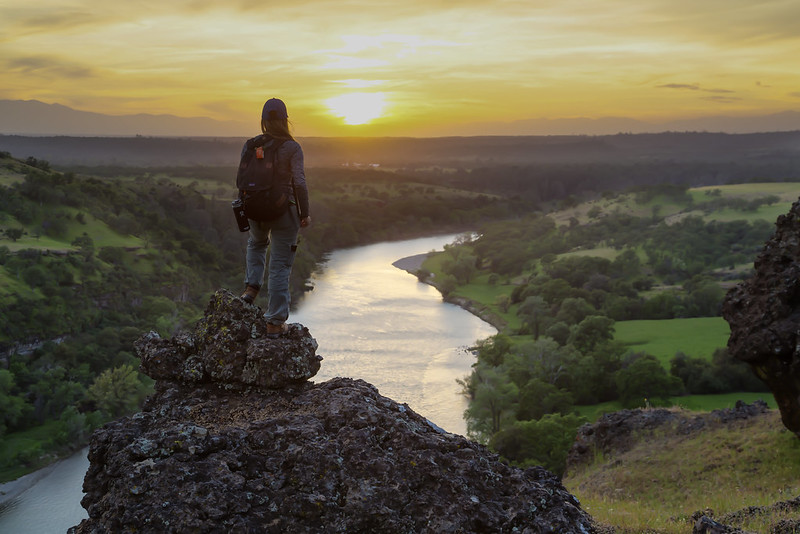By: Theo Chang
Advisor, Wild Horses and Burros
As a young child, my greatest sources of joy came from being outdoors, and being around animals (even better if both were present at the same time!). While many other things changed as I grew older, those aspects of my life have remained the same and ultimately led me down the path to my current role as a Wild Horses and Burros Advisor for the Foundation.
The funny thing is that I didn’t grow up in a family that spent a lot of time outdoors or with animals, so I found my way to each through the communities around me. Girl Scouts and class field trips to our local and state public lands allowed me to experience different ecosystems and learn about management and preservation from rangers and other interpretive staff. My elementary school also happened to bring a carnival to our schoolyard one year, and I was instantaneously drawn to the grey pony who was generously giving rides to my classmates. I fell in love as soon as I climbed aboard, and my adamant refusal to get off may have contributed to why the carnival and pony rides never came back to my school after that year. Once I could lift up our phone book on my own (yes, the old school, hard copy yellow pages), I started calling local riding stables to see if I could take riding lessons and help clean stalls – all of which led me into the equestrian world and eventually a farm life that includes three horses today.
These opportunities made a tremendous difference in my life, and the goal of sharing new experiences and opportunities with others has been the connecting thread throughout my career. When I had the chance several years ago to serve at the Department of the Interior, I was delighted to find that the great outdoors and horses came together under the mission of the Bureau of Land Management and its Wild Horse and Burro Program. As I dug in deeper, I found a world of dedicated partners and public servants working hard to protect these icons of the American West and find suitable homes for them – all with an eye toward balancing the needs of local communities with conservation. Most importantly, what I discovered was that while the issues surrounding wild horses and burros are complex and sometimes controversial, there are untapped opportunities for us to achieve healthy public lands and healthy horses and burros.
Bridging wildness and domesticity, wild horses (also known as mustangs) and burros (donkeys) are integral to the fabric of our country and helped build our society into what it is today. Advocates like Velma “Wild Horse Annie” Johnston spoke out, connected with schoolchildren and communities, and galvanized Americans to start a movement to protect equids on public lands. Her passion planted the seed which would grow into the Wild Free-Roaming Horses and Burros Act passed by Congress in 1971, which deems wild horses and burros “living symbols of the historic and pioneer spirit of the West,” and tasks the Bureau of Land Management (BLM) and Forest Service with their management and protection.
In the years since this law passed, mustangs and burros, as well as the public lands they call home, have faced many challenges. Over 73,000 of these Federally-protected animals live on BLM-managed public lands in 10 Western states that frequently struggle with drought. Another 66,000 mustangs and burros live in BLM holding facilities, waiting to be adopted, and the BLM Wild Horse and Burro Program spends 70% of its budget on their feed and care.
The good news is, many stakeholder groups agree on priority areas, and want to come together to expand solutions that are currently working and identify new innovations to consider.
The Foundation is uniquely positioned to help – we can bring new players to the table, lean into innovation, pilot new approaches, and surface helpful data to reimagine a roadmap for the future.
Across the board, people agree that it is critical to adopt mustangs and burros from BLM holding facilities into good homes. However, recent research shows that a small supply of trained mustangs and burros and low levels of public awareness are key barriers to getting more animals adopted, and if just 5% of the 1.6 million U.S. horse-owning households adopted one mustang or burro, holding facilities would be empty. That’s why we have started piloting different ways of sustainably engaging trainers and adopters through one of our new initiatives – the Trainer Ambassador Program.
The Foundation is also beginning to identify a variety of innovations and community building opportunities – alongside local communities and our partners at the BLM.
I’m excited about both of these focus areas and am especially looking forward to expanding the possibilities for others in the same way that my community did for me many years ago. Mustangs, burros, and public lands can be a connection point for all Americans no matter where you live, and we invite you to come along with us on this wild and wonderful ride.


